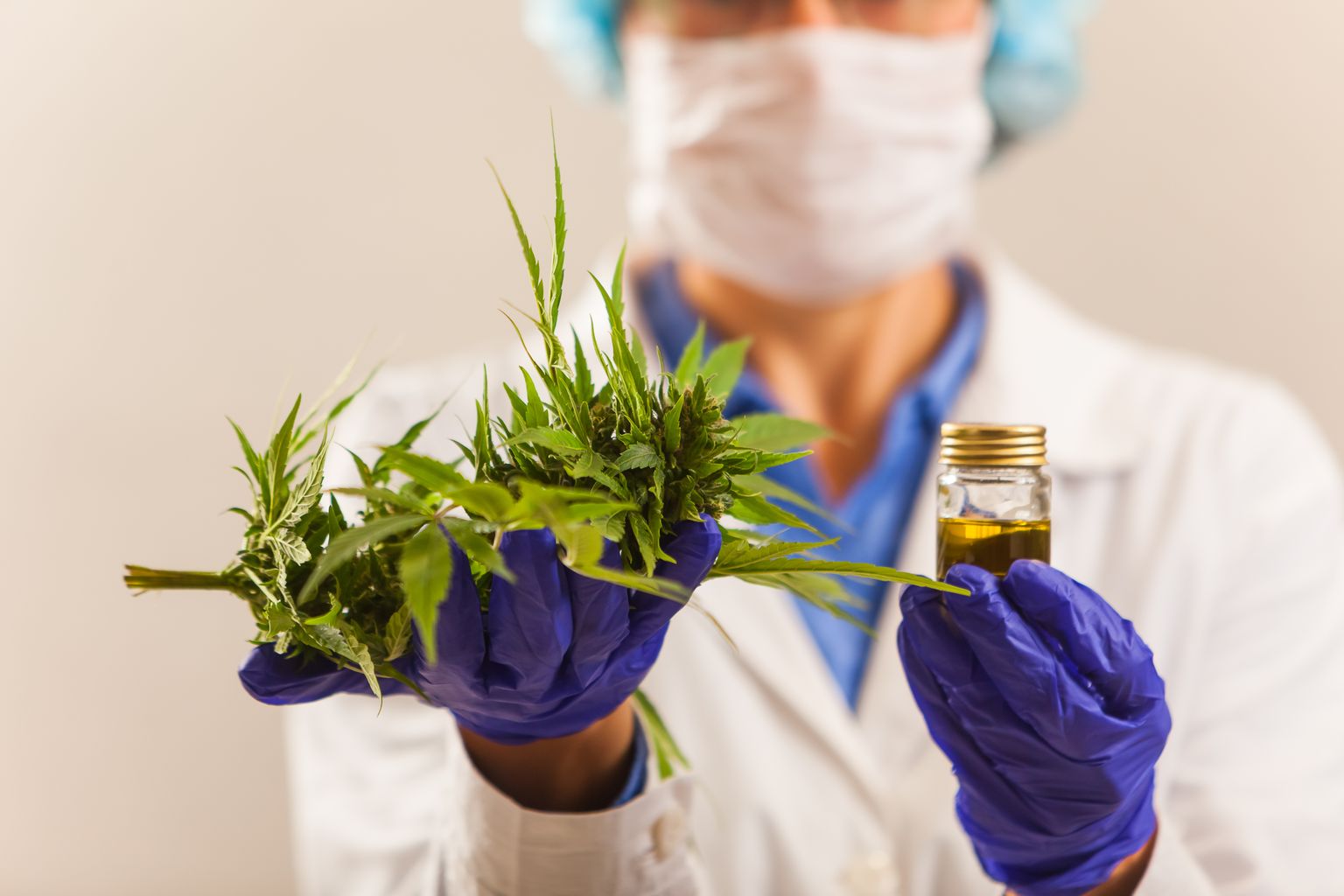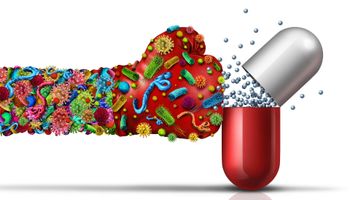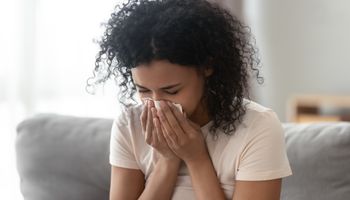How does cannabis work?
Cannabis belongs to the so-called hemp plants, whereby the intoxicating effect is mainly due to THC (i.e. delta-9-tetrahydrocannabinol). THC has a psychotropic effect and can thus influence the central nervous system and psyche. The dried flowers and flowering leaves of the female cannabis plant (i.e. Cannabis sativa) are used. Further research suggests that cannabinoids may inhibit the release of the neurotransmitter gonadoliberin, which is produced in the hypothalamus. This is involved, among other things, in the receptivity of the human uterus and implantation. Epidemiological research on the topic of cannabis and reproduction has to date largely focused on the effects on newborns.
Therefore, the current American study examined the association of cannabis use during the sensitive phase of pregnancy (i.e., embryogenesis and early fetal period), including prior to conception (i.e., before pregnancy is attempted) and early pregnancy, with fertility, live birth, and pregnancy loss. Use was determined using urine values at multiple time points including self-reports. A possible correlation with reproductive hormones and ovulation was also analyzed.
Note: Compared to Europe, different legal frameworks for cannabis use currently apply in the USA.
The prospective cohort study enrolled 1228 women who were followed for up to six cycles during conception and throughout pregnancy (if they became pregnant) from the year 2006 to 2012.
Prospective analysis:
Here, the researchers analyzed the results of the EAGeRstudy (i.e., Effects of Aspirin in Gestation and Reproduction), a multicenter, randomized, double-blind, placebo-controlled clinical trial. This examined low doses of aspirin before the conception period in 2006-2012. Participants were 18 to 40 years old, actively trying to get pregnant, and had one to two pregnancy losses. Exclusion criteria for the study were alcohol or illicit substance abuse, self-reported significant psychiatric diagnosis including bipolar disorder, schizophrenia, uncontrolled depression, anxiety disorder, and a diagnosis of infertility.
Cannabis use was measured prior to conception, in addition to urinary THC levels during pregnancy and early pregnancy: at baseline, after six months of follow-up or at the beginning of the conception cycle, and at weeks 4 and 8 of pregnancy.
The hormone hCG (i.e. human chorionic gonadotropin), which is produced during pregnancy and is important for the maintenance of pregnancy, was measured prospectively (i.e. predictively) in the study - in addition to the incidence of live births and losses.
Is there a correlation?
According to urine measurements and self-reports, cannabis use prior to pregnancy attempt was 5%. A total of 1.3% of women used cannabis during the first 8 weeks of pregnancy (according to urine measurements). The group with cannabis use before conception recorded a reduced chance of pregnancy of 41% in each monthly cycle, compared with the non-users - although the frequency of sexual intercourse per cycle was higher than in the control group. 42% of participants who used at any time before conception became pregnant - around 66% of women who did not use became pregnant.
No correlations were found between use before trying to conceive and pregnancy loss. However, due to the small sample size, the researchers were unable to measure a correlation between cannabis use during the onset of pregnancy and pregnancy loss.
Conclusion:
Cannabis use prior to conception was associated with lower fertility in women with prior pregnancy loss and increased frequency of intercourse with the goal of pregnancy, according to study results. Due to the small number of users in the study, there was limited ability to also draw inferences for live births and pregnancy losses.
The analysis provides a possible association between cannabis use and potential risks to fertility in women with a history of pregnancy loss. In doing so, the need for further prenatal studies on cannabis use and pregnancy is further substantiated.






